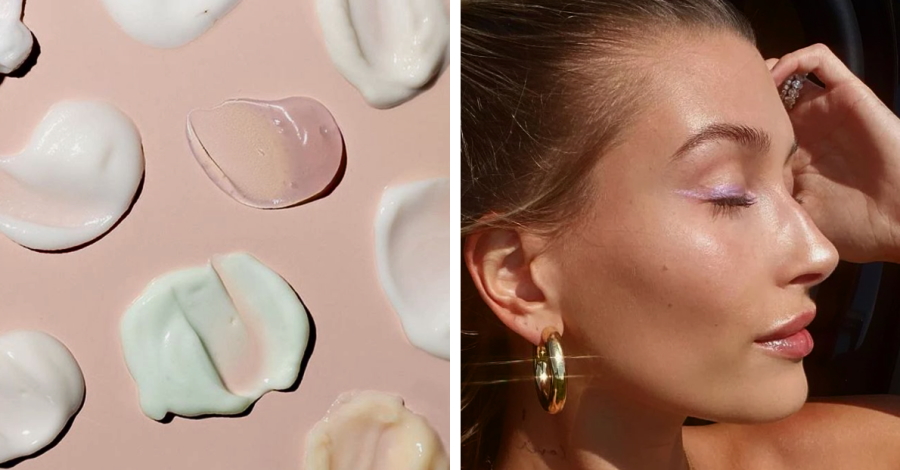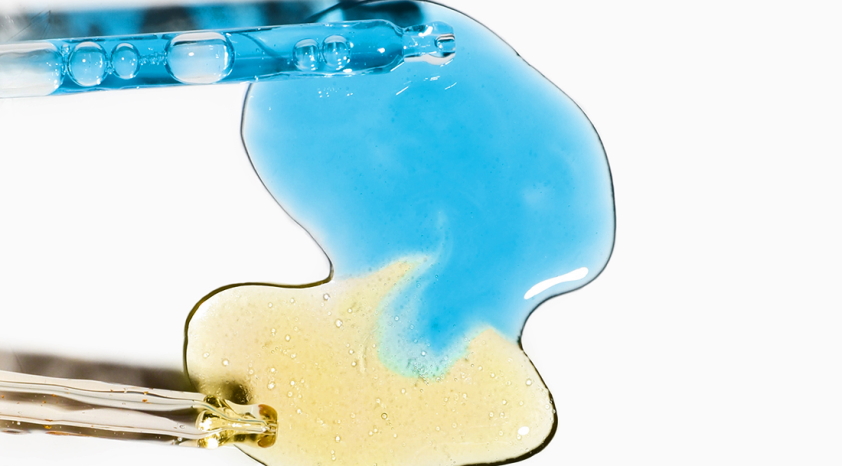The perfect skincare routine makes your skin feel radiant and youthful while also being affordable. Unfortunately, this can be difficult to accomplish because many ingredients are expensive or hard to find locally. However, there are many natural ingredients you can mix at home to create an effective homemade recipe.
What ingredients should not be mixed with skincare?
Skincare is serious business. And sometimes, it’s easy to make mistakes that can affect your skin in the long term. You might be doing everything right and still notice some changes after a month or two of using certain products. If you’ve been noticing any adverse reactions like pimples, dry patches, sensitivity, or redness on your face–stop what you’re doing. Three ingredients should never go near your skin: parabens, sulfates, and dyes/fragrances. Parabens are preservatives used as an anti-fungal agent; however, they have also been found to disrupt hormone levels in the body, leading to breast cancer risk (studies show increased rates of breast cancer).

Pairings active ingredients in skincare
Do you know the ingredients in your skincare products? It might seem like a daunting task, but it’s pretty simple. Skincare is not just about beauty and aesthetics but also healthy skin. The two go hand-in-hand because they are both concerned with improving how our skin looks and feels. When we have great-looking skin, we feel better, which is why it’s important to take care of ourselves from the inside out. These include retinol, alpha hydroxy acids (AHAs), vitamin C derivatives such as L-ascorbic acid.

Skincare ingredient combinations
Skincare is an essential yet complicated part of a woman’s routine. There are so many factors that go into choosing the best products for your skin type and needs. One way to determine which ingredients work well together is by looking at their compatibility with each other in terms of pH levels.
The goal of blending different types of ingredients is to create a balance between these two extremes: low-pH (acidic) and high-pH (basic). When you find a balance between acidic and basic skincare products, you create what’s called the “skin’s natural pH.” This allows your skin cells to function optimally without being too dry or oily, as happens with one extreme or another.
We all want the best skincare routine for our needs, but it can be hard to determine which ingredients work together and which ones don’t. Don’t know where to start? Check out these 4 combos: Acne-prone Skin + Anti-aging Formula, Dry Skin + Exfoliant, Oily Skin + Spot Treatment/Toner, Sensitive Skin + Chemical Exfolist.

